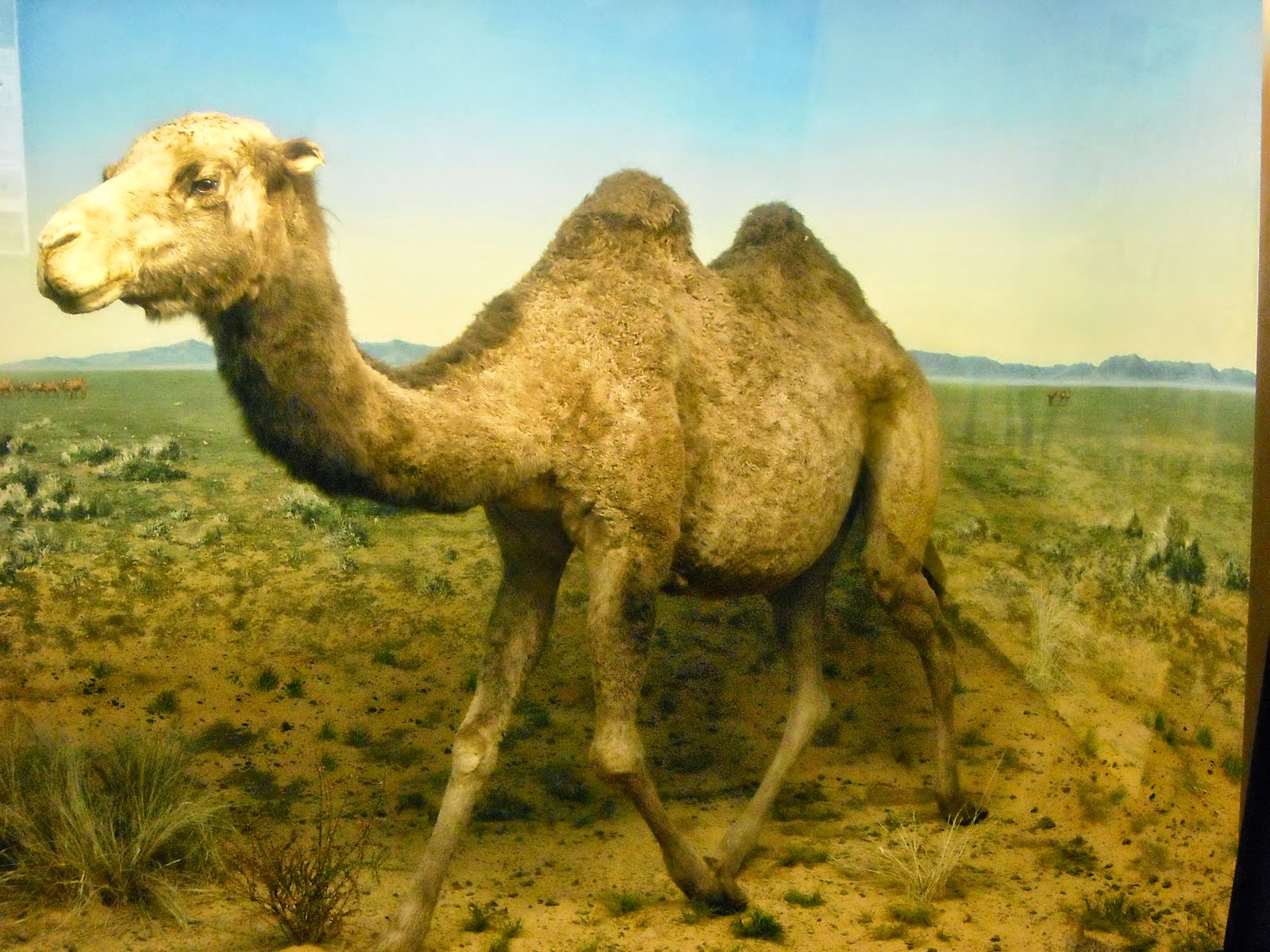Rule 1: Hire an expensive, internationally renowned
architect to create a jarring, distinct, and ostentatious design to please
architectural critics and hopefully win a prize.
Rule 2: for the love of God make sure you have a large grand
hall that you can rent out to wedding groups and for diplomatic occasions.
Remember just because you’re subsidized by 35 million people doesn't mean you
can afford to get cheap.
Rule 3: have a grand entrance to allow the people bask in
the glory of the design. Don't worry about putting anything really at all in
the grand entrance, the aforementioned superiority of the architectural design
will pummel the visitors submission.
Rule 4: This is really important, don't forget to include
the actual exhibits in your museum. The public will spend exorbitant amounts of
money to get into your museum, even though you’re a public institutions, so
they will expect to learn a thing or two. Make sure to keep it as
impressionistic as possible. Remember taxpayers aren't paying for specific
facts.
Rule five: Be sure to refer to your national museum as world class at every available
opportunity. If you don't, people
might realize, I mean, er, suspect that your full shit.
Review: When
looking at the floor plan of the museum, if exhibits are a clump in the middle
of everything else, instead of everything else a clump middle of the exhibits, you
know you've done a good job. They only complain because they're jealous.












